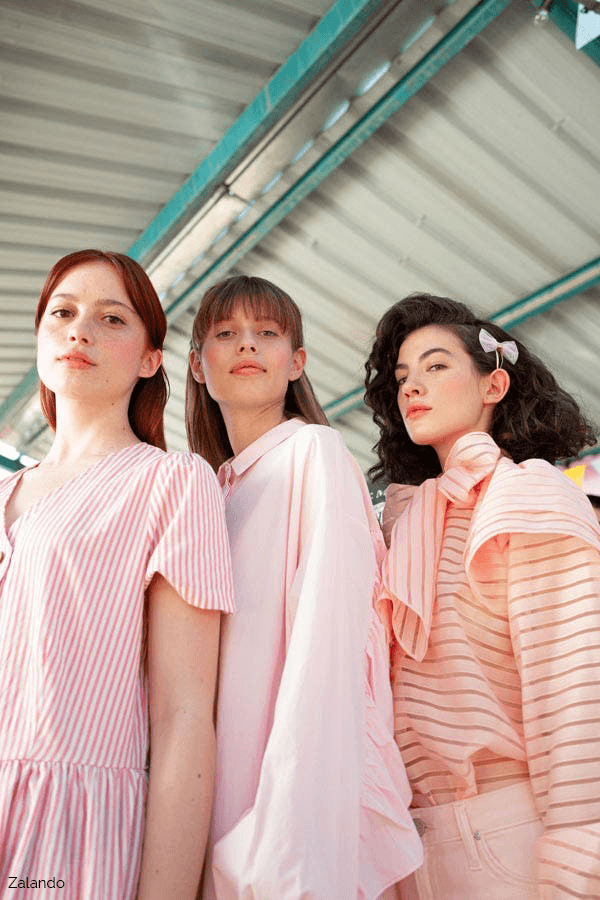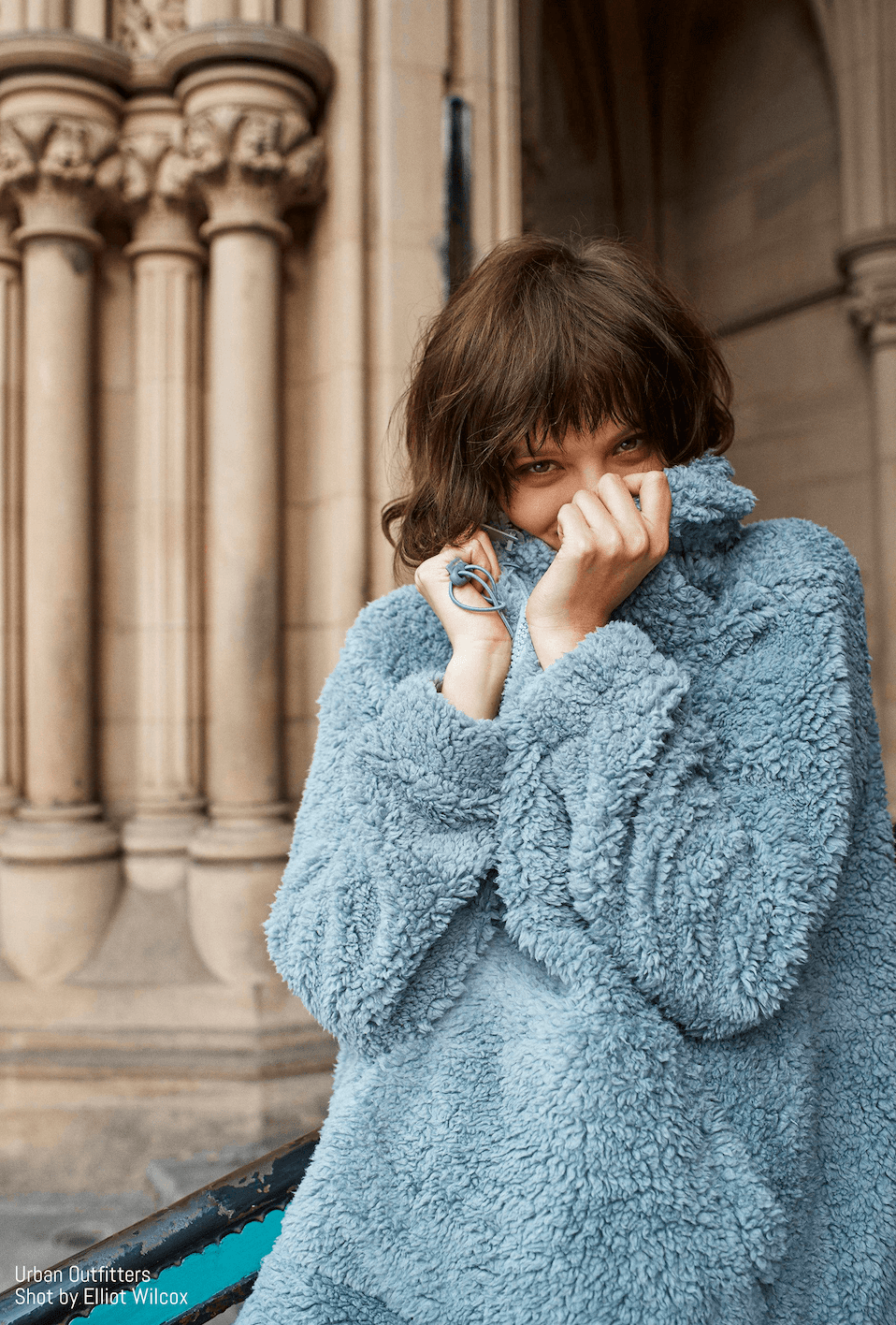Madewell first opened in 2006 as an offshoot of J. Crew, a brand known for its quality staples for young professionals. The daughter brand made a name for itself among 20- and 30-somethings with its signature denim and trendy staples, and customers were drawn to the brand’s personal, friendly company culture. Per the brand’s most recent public update in 2018, Madewell’s annual sales stand at $614 million with over 130 physical stores and a successful e-commerce platform. In the same year, denim accounted for 29% of its total sales, which explains its mission to be “the Levi’s of its generation.” And even outside of denim, “everything you wear with jeans” made up over half of Madewell’s revenue in 2018: it’s truly a brand made for denim lovers.
But putting all of your eggs in one basket isn’t necessarily the safest route in a time when modes of communication and expression change overnight, and consumers are saturated with new trends every week. As it stands, Madewell has an audience of younger women, with a distinct assortment focus on denim. If Madewell intends to avoid the fate of its mother company, J. Crew, expanding its congruity with different customer segments and collection assortments is paramount.
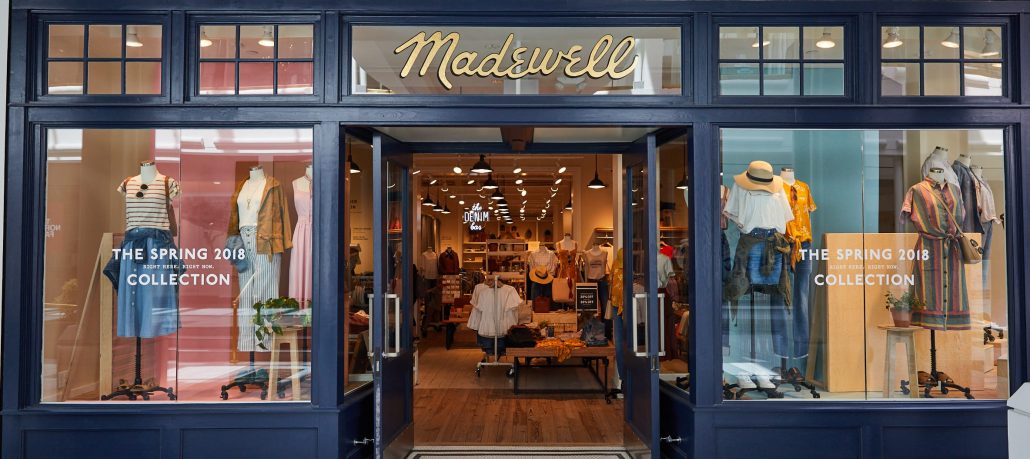
The challenge with customers: Madewell’s shifting target
The classic Madewell customer has been, since 2006, the cool and casual 18-24 year old woman. A large majority of their revenue comes from this customer base at a total of 65%, and these same customers also shop at the brand’s popular competitors, including Anthropologie and Urban Outfitters. With such a fashion-oriented, eager-to-spend audience, Madewell has managed to secure a reliable customer base. But because younger audiences diligently keep up with changing trends and are inextricably plugged into social channels, brands are obliged to constantly innovate to maintain the interest of their existing customers. Madewell’s first step, therefore, is in fact to broaden their traditional customer base.
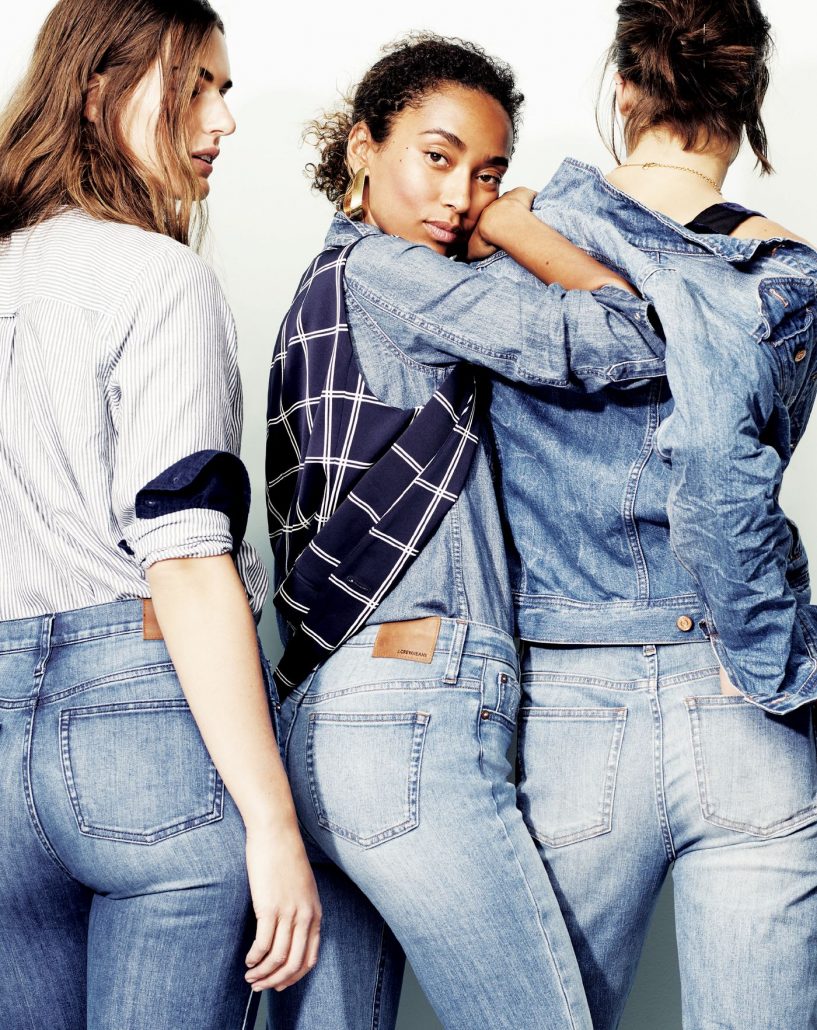
Another way to broaden their customer base is to turn the focus to not only womenswear, but menswear, as well. Several years ago, the brand ventured into men’s apparel, offering choices for trendy 20- and 30-something men. The move makes sense: a staple denim brand can appeal to men just as it can to women, take the brand’s competitor Levi’s, for example. Unfortunately, however, the American retailer’s menswear line hasn’t taken off quite as expected. Madewell’s menswear accounts for only 17% of total sales despite its great potential, likely due to lack of data on male customer desires. So how can Madewell keep their customers on the hook, and even more importantly, seek new ones?
Diversifying your collection with trend forecasting
The most effective way to bolster Madewell’s present collection planning strategy is through trend forecasting. While there exist different methodologies, it is a quantitative way to pinpoint colors, textures, fabrics, silhouettes, patterns, and more in order to accurately predict trends’ desirability and visibility, along with their their geography and customer segmentation.
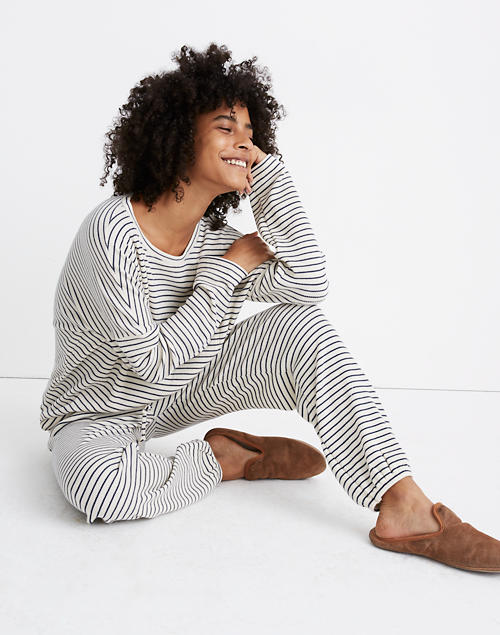
With this in mind, the first order of business for Madewell is to increase its product assortment with more fabrics and fits. They’ve already taken a step in this direction with their new loungewear line, as the brand’s head of design Joyce Lee explained that “athleisure [was] a widely requested category, even before the pandemic.” But overall, their pieces remain very classic, and while customers return for staples, their younger audience are also those who most desire trendiness. For example, cable knit is predicted to rise by 20% in the US this summer compared to summer 2020. The fabric appeals to both edgy and mainstream consumers in the US, which is precisely the sort of customer that Madewell draws in.
Beyond varying the products in a collection, Madewell can take steps to rework their assortment quantities. Miscalculations at this step of the process can lead to weak sell-through and inventory waste, problems that affect all fashion brands, particularly those with smaller collections. There are two sides to this coin: for one, Madewell is experiencing softer demand in outerwear and dresses. The selling performance of these categories is not ideal as of late, but trend forecasting can help by analyzing the performance of these products on the market up to 12 months in advance. Trend forecasting can even pinpoint which fabrics, colors, and silhouettes will be most desired on particular products, and in this case, on dresses and outerwear.
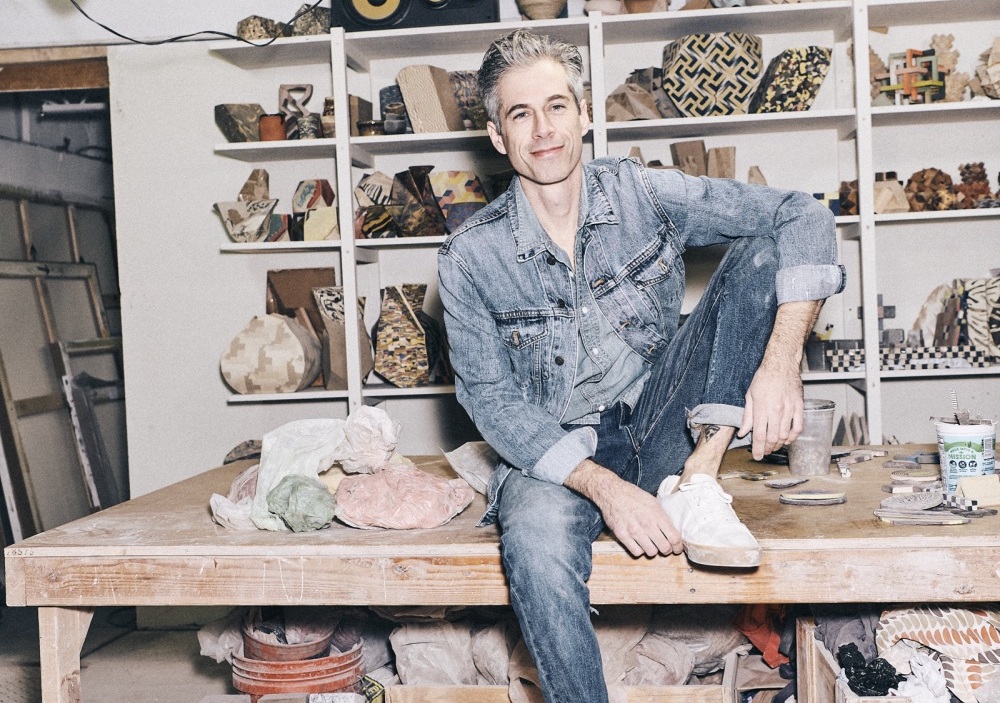
On the other side of the coin, not enough of a product can pose as much of a problem as too much. For example, Madewell surpassed its own expectations for flared denim, particularly in light washes. The brand has been having trouble keeping the product in stock to meet demand, and while this is a good problem to have, it’s also an avoidable one. Trend forecasting can predict trends’ visibility and desirability, giving key data on inventory quantity along with optimal launch times and high and low seasons. Flared denim was an unexpected best seller, but for their next best seller, Madewell can produce it with intention and accuracy.
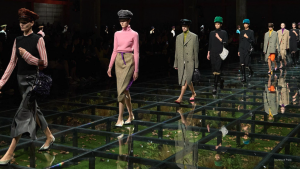
A better way to serve the consumer
Looking forward, Madewell has a clear direction. The brand should diversify their product assortment, include more varied fabrics and fits, and give life to their menswear line, all while continuing to maintain its success in denim and womenswear. Trend forecasting is the key to all of these goals, because it can provide data-driven insights on market trends and products. This approach has the capacity to predict a trend’s future desirability among specific consumer segments, its visibility on the market, and its performance in different geographies. With data so sharp, Madewell can address its current shortcomings and carry on being one of the most favored American retailers among millennial consumers.



